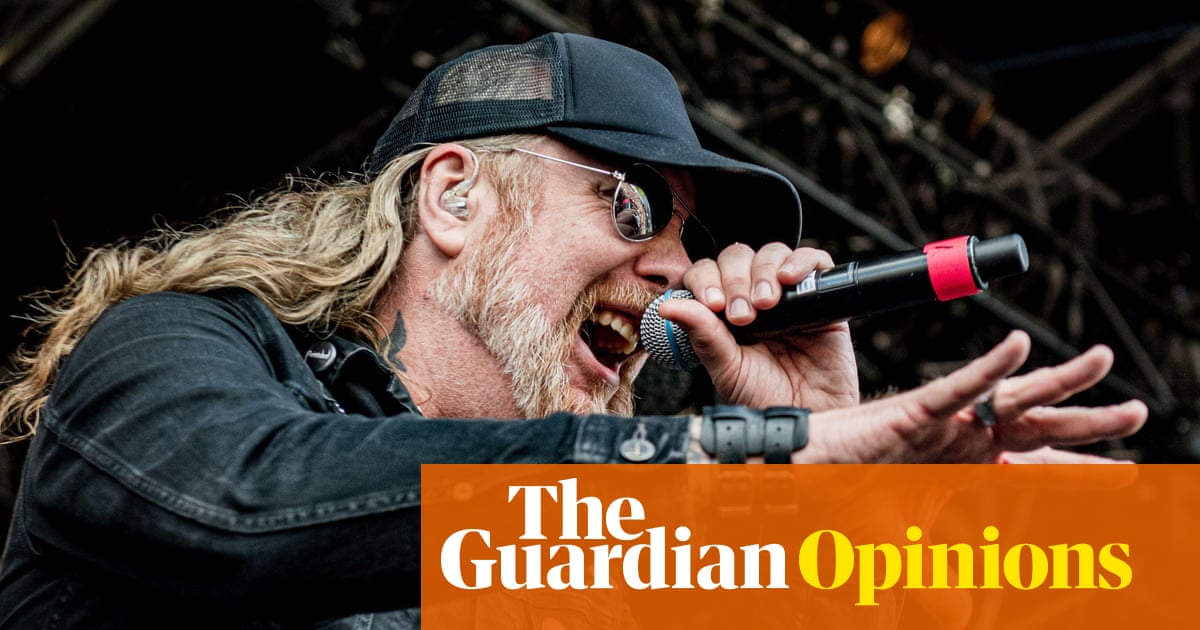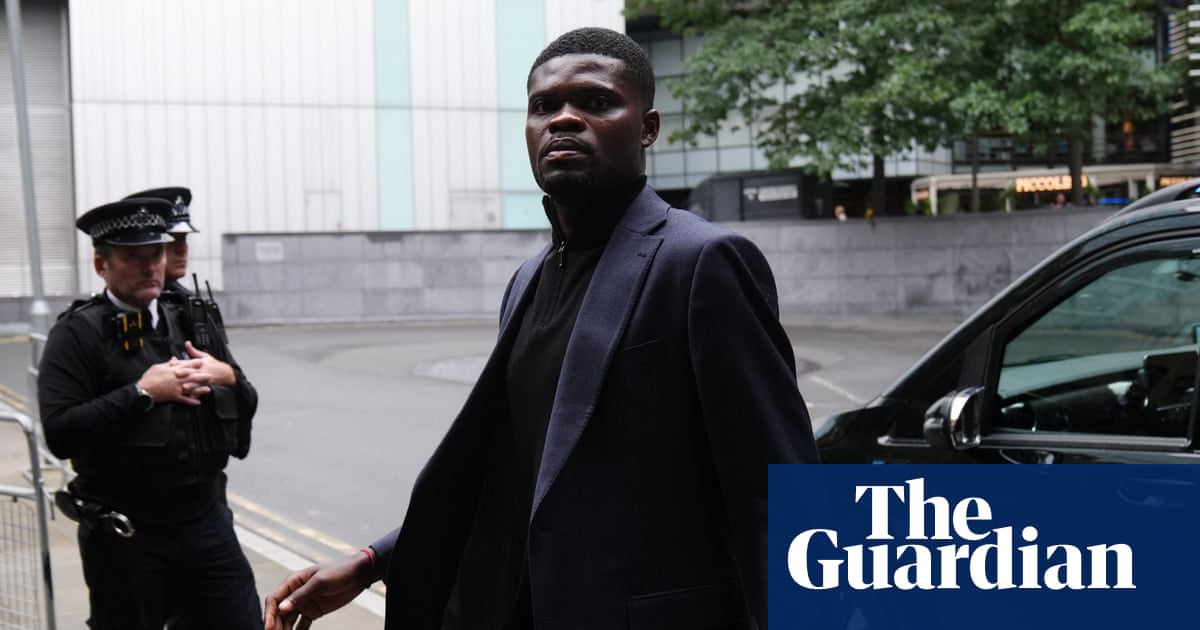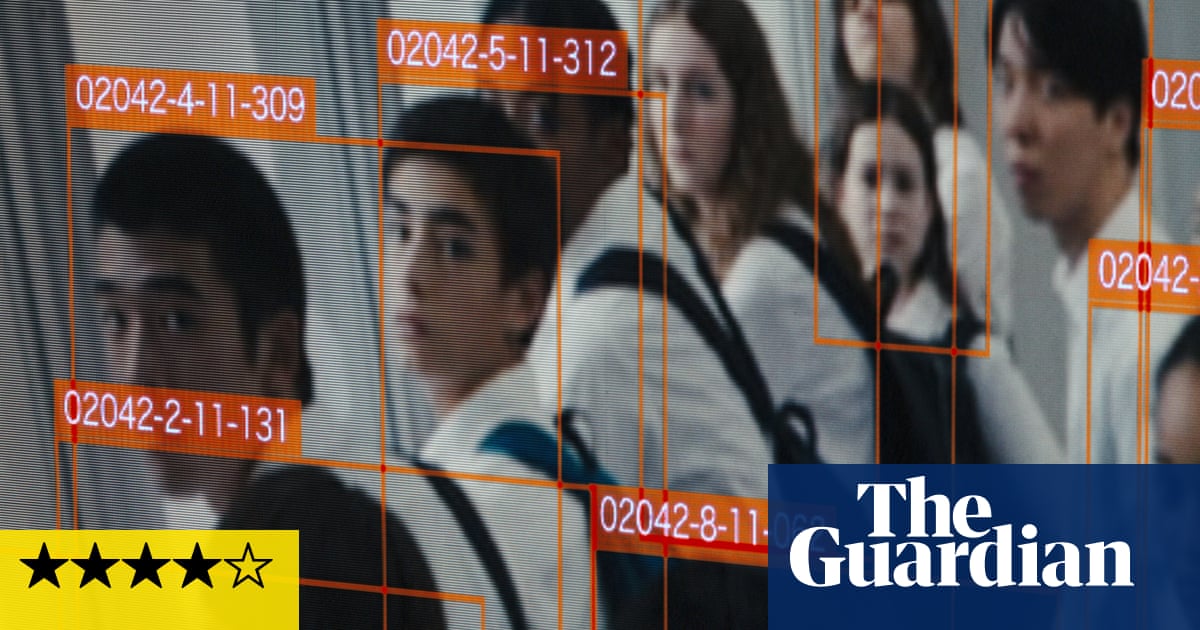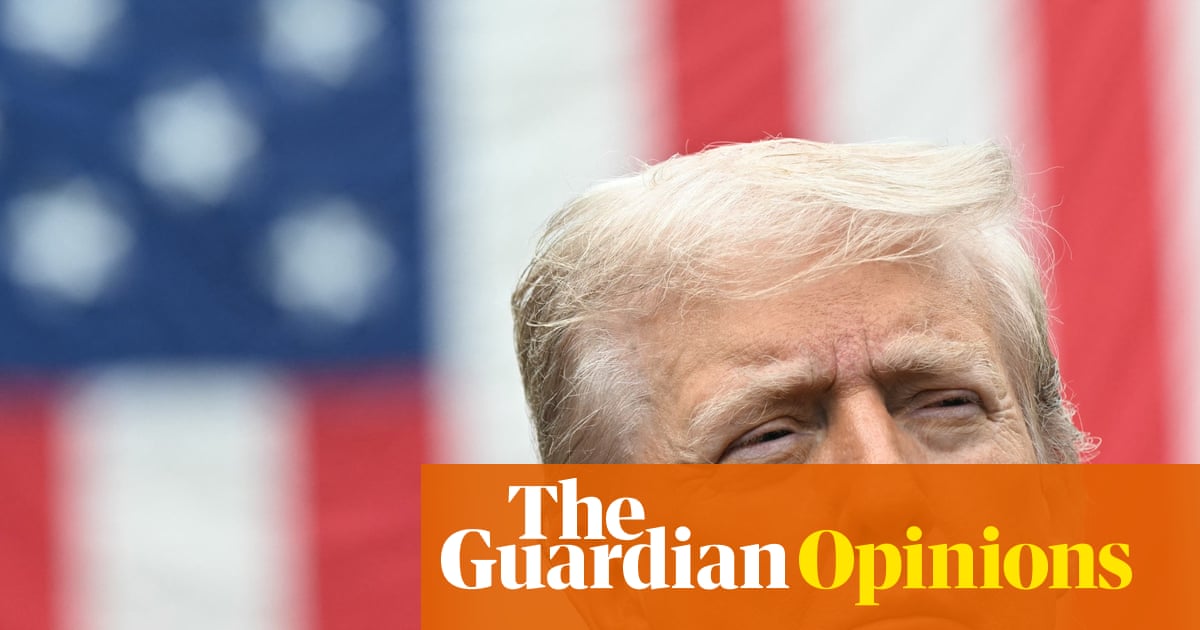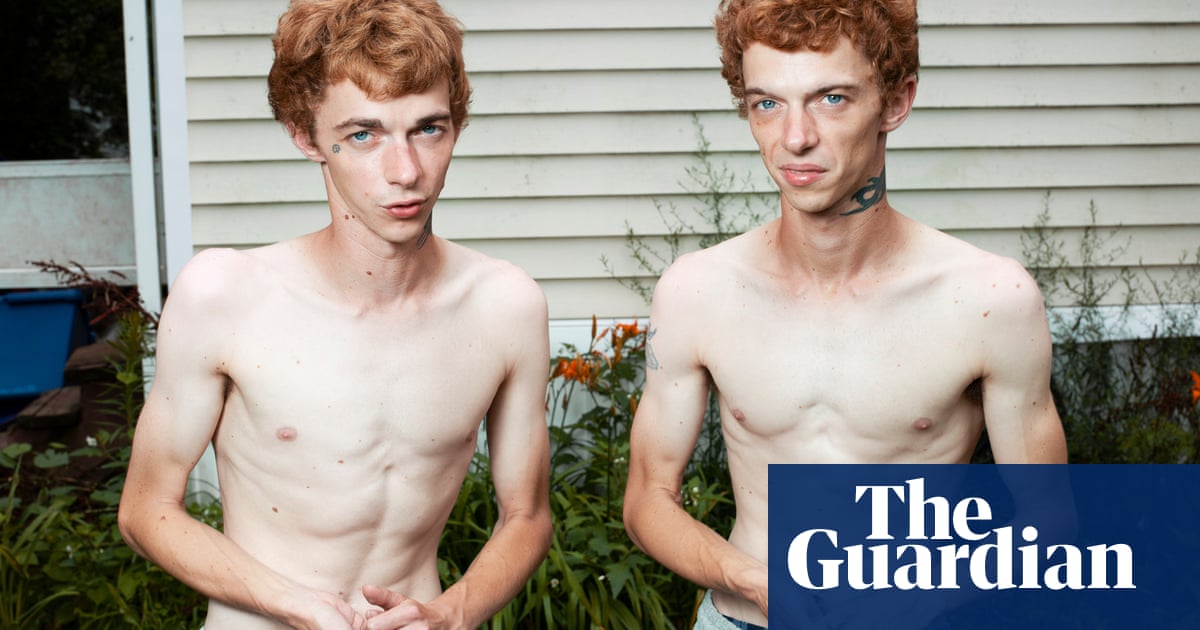A few weeks ago, Bee Wilson wrote about how people sometimes invest kitchen items with strong meanings as they pass through generations.
Here, four readers share stories of such treasured heirlooms, from copper pots from India to a cast-iron spatula from Italy.
‘This copper pot sits proudly in my kitchen’
Priya Deshingkar, Brighton and Hove
This handmade, hammered copper pot belonged to my grandmother on my father’s side and was probably made for her by the local coppersmith in her village in southern Maharashtra in the 1920s.
Shirol, which is now a town, is around 1,000 miles (1,705km) from Delhi, where I lived with my parents. We sometimes visited for our summer holidays in the 70s, which took at least two days by train. The pace of life there was slow.
Back then it was routine to re-tin the inside of pots and pans because you couldn’t cook anything acidic in copper. Travelling kalaiwallahs, as they were called, would come around to do it every couple of months or so. At that time, the tinning of copper (kalai) was still common in India, even during my childhood. Now they’ve mostly disappeared and you only get a few left in every city as everyone is using aluminium or stainless steel.
I haven’t figured out how to tin here in the UK, so for now I can only use the pot for non-acidic foods. Tamarind, tomato or lime would eat away the copper and produce a toxic compound. I use it for a typically Maharashtrian dish my grandmother used to make called bharli vangi – aubergines stuffed with a mixture of spices and ground roasted peanuts, cooked with coriander and green chilies, and so on.

Cooking with it reminds me of her and the life she lived. Despite coming from a well-to-do family, she was married at 14 and spent the best part of her youth toiling away and bringing up five children.
She was a voracious reader and a thinker. Whenever she visited us in Delhi, my mother supplied her with reading material. The most common local language in Delhi is Hindi, but my grandmother read only in Marathi (the predominant language in Maharashtra), so my mother had to go to libraries and friends’ houses to find stacks of books. She got through so many that my mother got fed up, saying: “How much does this woman read?” I often think about how different my grandmother’s life might have been had she had the chance to pursue a career of her choice.

After my grandmother died in 1975, the pot travelled to my parents’ house in Delhi, where it was until I brought it with me to the UK in the mid-1980s. The pot sits proudly in my kitchen, waiting to receive another coating of tin. I will pass it on to my daughters and hope that it continues to keep memories alive in my family.
‘My mom’s Dutch oven had the seasonings of her life’
Thomas Pickett, Santa Cruz in California, US

When my mother died in 1987, at the age of 56, it was mostly junk that she left behind. She was too busy living to accumulate anything of much value. We were left with boxes of cooking utensils, camping gear, clothes and books. We sat among the tools of her life stunned that she was gone for ever. Mom was not terribly attached to the material aspects of life; she was more attached to people, to laughter and argument. I looked over the boxes for something that would keep her memory alive for me, and lifted out her old Wagner drip-drop baster Dutch oven.
When cooking, she would start by opening the pot cupboard. It usually came with a string of expletives as most of the pots fell off the shelf at once. She’d lift the Dutchy’s substantial weight on to the counter, get a cutting board, a knife and a cookbook and start chopping. She’d cook something up for anyone who was home and would open a bottle of wine and share conversation, stories and laughter.

The history of my mother’s life and her spirit was represented in that cast-iron pot. I’m a retired chef, and most cooks understand cast iron’s absorptive nature and its ability to retain an oily, non-stick finish. For me, Mom’s old Dutch oven not only had a well-oiled surface, it had the seasonings of her life.
I have used it to cook decades of comfort food for my family. Our kids have left the nest and in their absence I’ve found Mom’s pot wants to travel. Sometimes more than once a week, it’s been sent full of steaming-hot food to friends’ homes. Friends with the flu, friends living alone with memories of spouses lost to old age, or struggling with cancer who might like a friendly face and a shared meal.
‘I feel a connection with generations of women in my family’
Riccardina Burdo, London

The spatula, or rasaul, I use to shape orecchiette pasta was made in my home town of Andria, southern Italy, by local blacksmiths using wrought iron, a material chosen for its strength and longevity. The spatula is perfectly balanced: lightweight and easy to handle, with a rounded, non-sharp edge – ideal for shaping pasta without cutting it. This tool is essential for making orecchiette from small cylinders of pasta.

The rasaul is not only key to getting the right look, it is essential for the right texture that defines true orecchiette. This one belonged to my grandmother. I learned to make orecchiette as a child, sitting next to her and my mother in the kitchen. They were so good I’d even eat some of them raw.
I still use it, not out of nostalgia but because it is simply irreplaceable. While many in southern Italy now use a kitchen knife, I have never stopped using this tool, which allows me to shape orecchiette just as they used to be made.

Every time I hold it, I feel a direct connection with my roots and with the generations of women in my family who shaped pasta on wooden cutting boards in warm and lively kitchens.
I have a three-and-a-half-year-old granddaughter and she’s already started making orecchiette with me. She’s getting the gist – and of course she’s always asking if she can eat them raw, too.
‘A testament to my funny, innovative, loving dad’
Jean Baxter, Leicester
When I got married in 1974, at the age of 19, my mum and dad gave me some things to start myself up. One of them was this plain, stainless steel dish, which my dad made. He worked for a company in Birmingham that made high-end, ornate gallery trays – but their bread and butter was the stainless steel serving dishes used by the curry and Balti restaurant trade.

The company had a problem with the dish’s curled rim, which would crease as it came off the jig – the tool holding components in place – creating lots of rejects. My dad redesigned the jig to make a perfect finish, and he brought home a couple of the prototypes he had made. They popped out thousands and thousands; we’d see them in Indian restaurants all the time.
My dad was very clever, polishing off the Guardian cryptic crossword in less than 10 minutes most days. I’m still using his dish several times a week, 50 years and three marriages later. For me, it is a testament to my wonderfully funny, innovative, loving dad and it will be left to the grandchild who likes cooking the most.

 3 months ago
72
3 months ago
72













